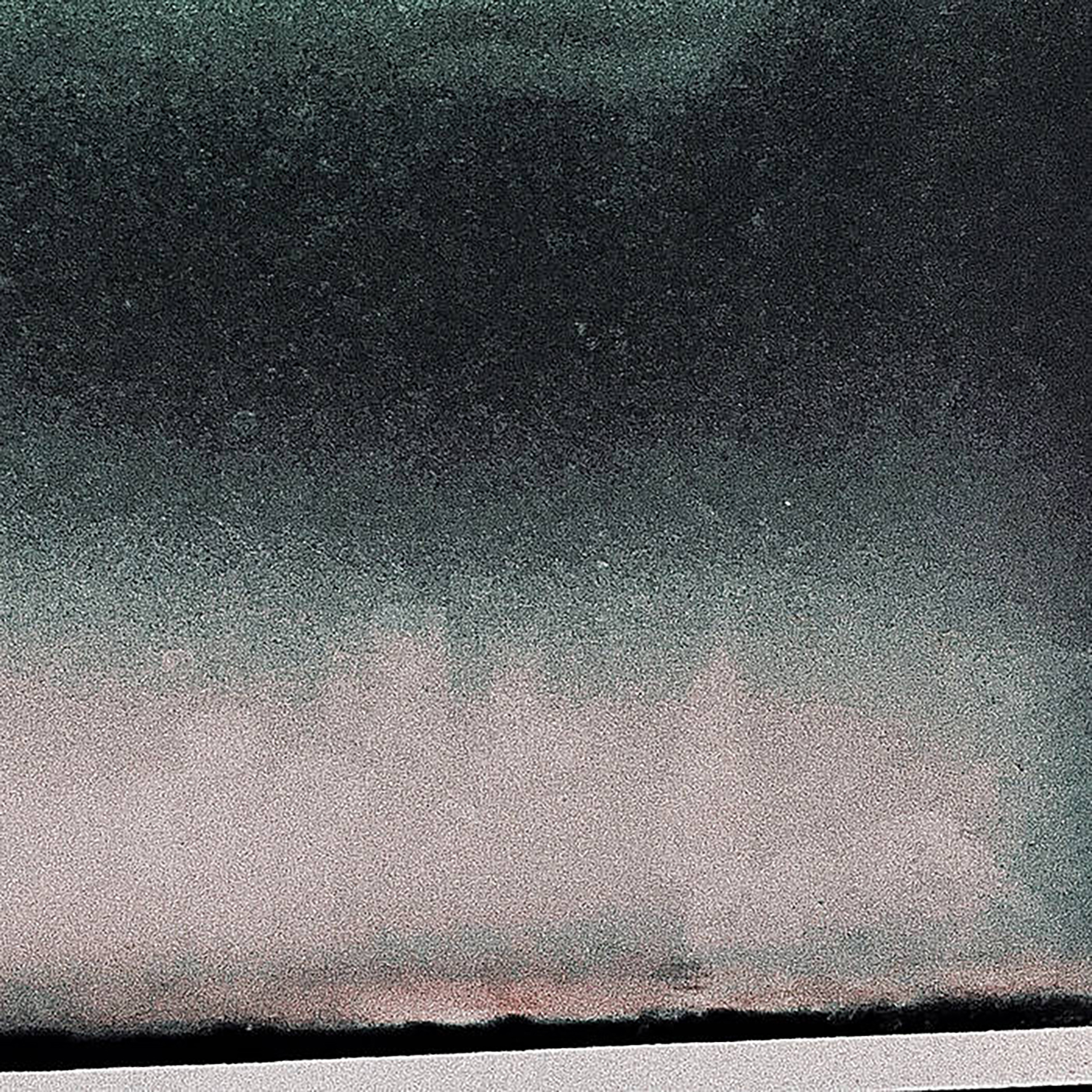Kyle Bobby Dunn, "The Cohesive Redundancies-P1"
 This is the first installment of "an ongoing album series with an undecided end point examining futility and beauty." Those are hardly new themes for Kyle Bobby Dunn, so I am not sure why they needed their own series, but any new KBD opus is fine by me. Dunn is a unique figure in the ambient drone milieu for a number of reasons, but the most significant for me is his unique gift for crafting soundscapes with a very real emotional intensity at their core. When he directly hits the mark with a composition like "Triple Axel on Cremazie" or "The Searchers," he achieves something poignant and transcendent that is damn hard to come by. I suppose one caveat with Dunn's work is that such moments are usually hidden within sprawling double-, triple-, or quadruple-LP epics, but this latest album is a more focused and concise release. More importantly, the bulk of the album is devoted to the absolutely sublime 48-minute "Fantasia on a Theme of Affection." The other two pieces are memorable as well, arguably making this the closest that Dunn has come to releasing an "all killer, no filler" masterpiece.
This is the first installment of "an ongoing album series with an undecided end point examining futility and beauty." Those are hardly new themes for Kyle Bobby Dunn, so I am not sure why they needed their own series, but any new KBD opus is fine by me. Dunn is a unique figure in the ambient drone milieu for a number of reasons, but the most significant for me is his unique gift for crafting soundscapes with a very real emotional intensity at their core. When he directly hits the mark with a composition like "Triple Axel on Cremazie" or "The Searchers," he achieves something poignant and transcendent that is damn hard to come by. I suppose one caveat with Dunn's work is that such moments are usually hidden within sprawling double-, triple-, or quadruple-LP epics, but this latest album is a more focused and concise release. More importantly, the bulk of the album is devoted to the absolutely sublime 48-minute "Fantasia on a Theme of Affection." The other two pieces are memorable as well, arguably making this the closest that Dunn has come to releasing an "all killer, no filler" masterpiece.
"Thresholding" kicks off the album in striking and surprising fashion, as Dunn unleashes an industrial-sounding drone that oscillates slowly and menacingly. Gradually that foundation is subtly fleshed out with additional depth and harmonic color, but the most compelling part is the murky undercurrent of dissonance that roils within. While it never intensifies enough to consume its surroundings (it is the album's shortest piece), Dunn does manage to resolve it in startling fashion with a nightmarishly plunging pitch-shift. I did not expect such a cold and alienating piece from Dunn, but it is masterfully crafted, and I loved the simmering uneasiness beneath the drones. That said, it is immediately eclipsed by the dream-like reverie of "Fantasia on a Theme of Affection." On its surface, it is not a radical departure for Dunn, as a ghostly see-sawing guitar motif languorously unfolds over a backdrop of shimmering haze. However, it stealthily amasses deepening harmonies and an aching poignance as it lingers in a state of billowing suspended animation. It is the sort of piece that I could enjoy in an endless loop, as Dunn's attention to textural detail is truly something to behold. Nearly every sound is spectral, hissing, smeared, quivering, or enigmatic in a beautifully hypnagogic, soft-focus way. The album closes with the divergent "Pavane for the Internal Monologue," which is centered on a repeating, bittersweet piano chord and its long, lingering decay. Eventually, a hesitant melody emerges, and the piece moves closer to the liquid shimmer of Harold Budd, yet the real show lies in the space between the notes, as dissolving tones form murky harmonies, and quiet sounds of wood and shuffling paper start to evoke an enigmatic sense of place. While the bookends do not quite hit the same heights as the album's centerpiece, all three pieces are strong enough to make this one of Dunn's finest albums to date.
Samples can be found here.



